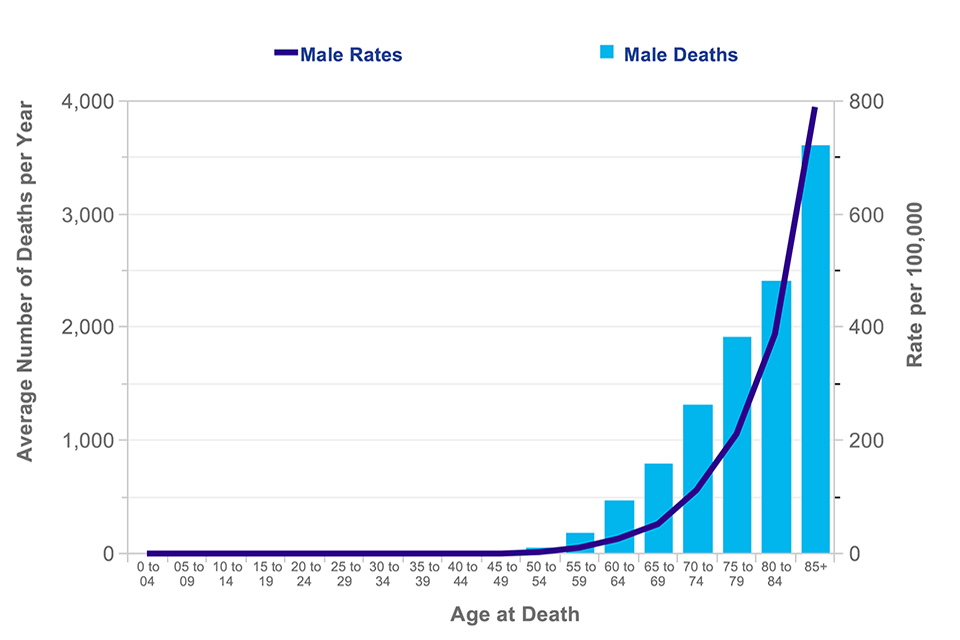

- #Incremental cancer risk probability exponential graph plus#
- #Incremental cancer risk probability exponential graph series#
Lalehzari L, Mahmoudi E, Khalifeh A (2018) Sequential fixed-width confidence interval for the rth power of the exponential scale parameter: two-stage and sequential sampling procedures. Lai TL, Siegmund D (1979) A nonlinear renewal theory with applications to sequential analysis II. Lai TL, Siegmund D (1977) A nonlinear renewal theory with applications to sequential analysis I. Johnson NL, Kotz S (1970) Continuous univariate distributions-1: distributions in statistics. Gut A (2012) Anscombe’s theorem 60 years later. Ghosh M, Mukhopadhyay N, Sen PK (1997) Sequential estimation. Ghosh M, Mukhopadhyay N (1981) Consistency and asymptotic efficiency of two-stage and sequential procedures.

Ghosh M, Mukhopadhyay N (1976) On two fundamental problems in sequential estimation.

Math Stat Division, Indian Statistical Institute, Calcutta, India Ghosh M, Mukhopadhyay N (1975) Asymptotic normality of stopping times in sequential analysis, unpublished report. Ghosh BK, Sen PK (1991) Handbook of sequential analysis, edited volume. Gardiner JC, Susarla V, van Ryzin J (1986) Time sequential estimation of the exponential mean under random withdrawals. Gardiner JC, Susarla V (1983) Sequential estimation of the mean survival time under random censorship. Ann Math Stat 36:457–462ĭoob JL (1953) Stochastic processes. Ann Probab 7:304–318Ĭhow YS, Robbins H (1965) On the asymptotic theory of fixed-width sequential confidence intervals for the mean. J Indian Stat Assoc 48:189–213Ĭhow YS, Hsiung C, Lai TL (1979) Extended renewal theory and moment convergence in Anscombe’s theorem. Seq Anal 40:336–369Ĭhaturvedi A, Alam MdW (2010) UMVUE and MLE in a family of lifetime distributions.
#Incremental cancer risk probability exponential graph plus#
J R Stat Soc Ser B 15:1–29īanerjee Soumik, Mukhopadhyay N (2021) Minimum risk point estimation for a function of a normal mean under weighted power absolute error loss plus cost: first-order and second-order asymptotics. Proc Camb Philos Soc 48:600–607Īnscombe FJ (1953) Sequential estimation. However, the Bernoulli-coded MRPE strategy turns out to be less efficient due to considerable oversampling compared with the initial purely sequential MRPE strategy.Īnscombe FJ (1952) Large-sample theory of sequential estimation. Then, the possibility of incorporating a purely sequential MRPE strategy with Bernoulli-coded data is briefly addressed. The technicalities are supplemented by extensive data analyses arising from simulations followed by an illustration with a dataset on remission times (in months) for bladder cancer patients.
#Incremental cancer risk probability exponential graph series#
A series of important first-order asymptotic (as the cost per unit sample \(\rightarrow 0\)) results are laid out including the first-order efficiency property ( 3.9) part (i) and the risk efficiency property (Theorem 3.1). A purely sequential minimum risk point estimation (MRPE) methodology with an associated stopping time N is designed to develop an appropriate sampling strategy from an exponential distribution with unknown mean \(\beta (>0)\) for estimating \( g(\beta a)\equiv g(\beta )=\exp (a/\beta ),a>0.\) Such a parametric function \(g(\beta )\) is the survival probability that a response exceeds a known threshold of choice, \(a(>0).\) We work under a squared error loss (SEL) due to the terminal estimator \(g(\overline)\) of \(g(\beta )\), plus the cost of sampling from an Expo \((\beta )\) population.


 0 kommentar(er)
0 kommentar(er)
